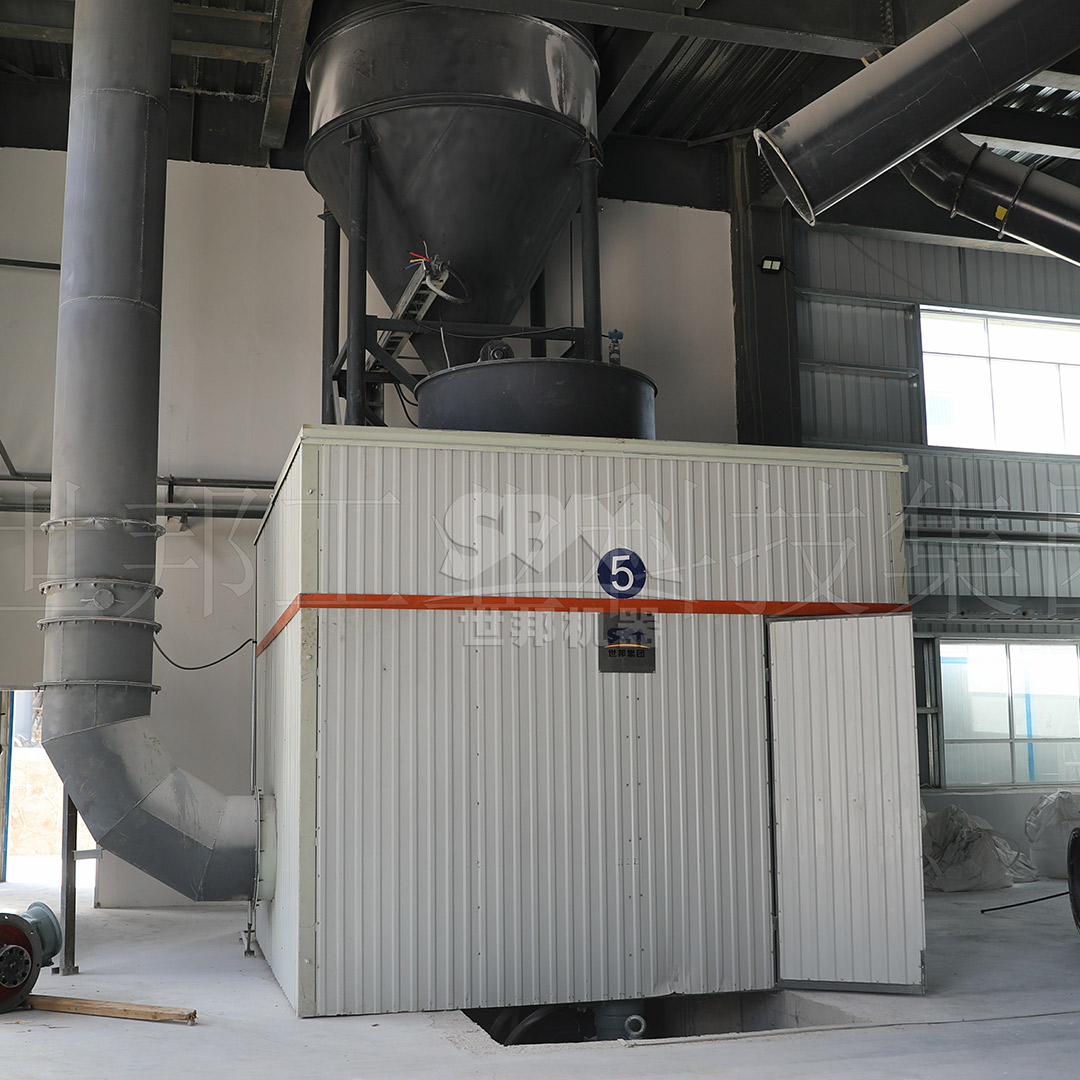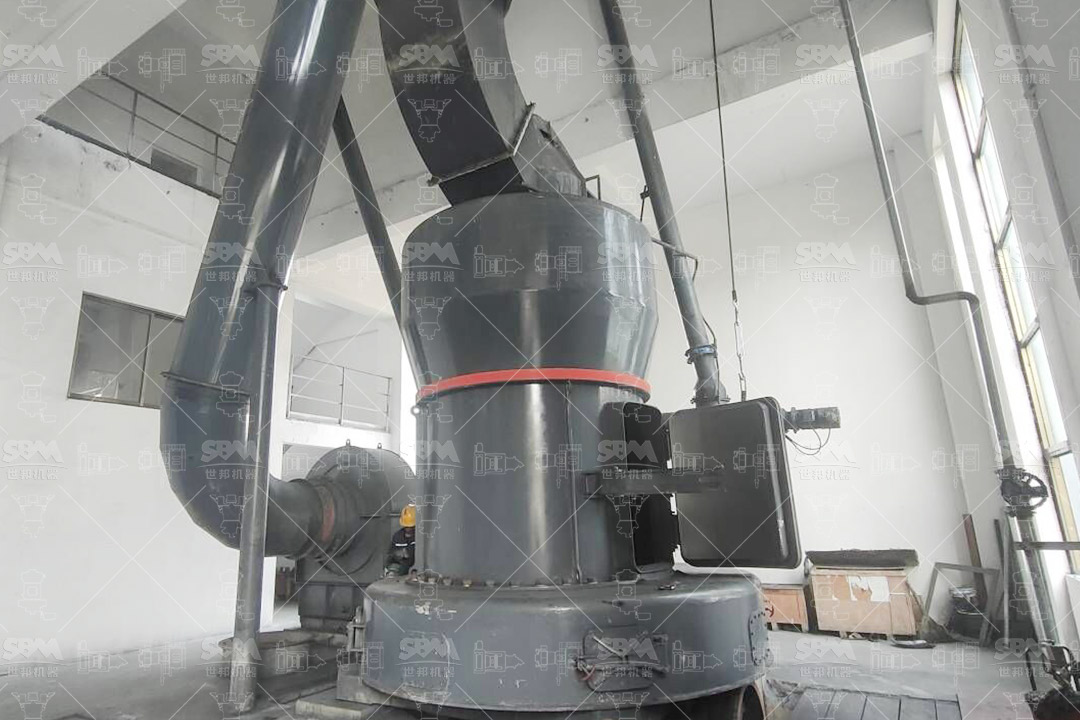November 14, 2025
Introduction
In the chemical industry, the selection of an appropriate pulverizer is critical for achieving optimal product quality, operational efficiency, and cost-effectiveness. Pulverizers, or grinding mills, are essential for reducing the particle size of raw materials and intermediates, which can influence reaction rates, product purity, and final material properties. This article provides a comprehensive guide on the key specifications to consider when selecting a pulverizer for chemical applications, ensuring that the chosen equipment meets both technical and economic requirements.
Key Selection Criteria
1. Particle Size Requirements
The primary function of a pulverizer is to achieve a specific particle size distribution (PSD). Key parameters include:
- Feed Size: The maximum size of input material the pulverizer can handle. This determines the need for pre-crushing.
- Product Fineness: The desired output size, often measured in microns (μm) or mesh size. This is crucial for downstream processes like mixing, reaction kinetics, or final product formulation.
- PSD Control: The ability to produce a narrow or specific PSD. Some applications require a uniform size to prevent segregation or ensure consistent behavior.
For instance, ultra-fine grinding (down to 5μm) is often needed for high-value chemicals, pigments, or pharmaceuticals, whereas coarser grinding might suffice for bulk chemicals.
2. Capacity and Throughput
The processing capacity, measured in tons per hour (t/h), must align with production demands. Considerations include:
- Batch vs. Continuous: Batch operations are suitable for small-scale or multi-product facilities, while continuous pulverizers are ideal for large-volume, single-product lines.
- Scalability: Equipment should allow for easy scaling to accommodate future production increases.
- Uptime and Reliability: High availability and minimal downtime are essential to maintain production schedules.
3. Energy Efficiency
Grinding is an energy-intensive process. Energy consumption per ton of product is a critical cost factor. Look for:
- Advanced Drive Systems: Efficient motors and transmission systems that minimize energy losses.
- Optimized Grinding Mechanisms: Designs that maximize the energy transferred to particle size reduction rather than heat or noise.
- Intelligent Control Systems: Automation that adjusts operational parameters in real-time to optimize energy use based on feed material and desired output.
4. Material Compatibility and Contamination
The construction materials of the pulverizer must be compatible with the chemical properties of the feedstock to prevent:
- Corrosion: Acidic, alkaline, or saline materials may require stainless steel, nickel alloys, or ceramic linings.
- Contamination: Wear of grinding elements can introduce metallic impurities. Use of hardened alloys, ceramics, or specialized coatings can mitigate this.
- Abrasion Resistance: Hard or abrasive materials necessitate robust, wear-resistant components to maintain performance and reduce maintenance frequency.
5. Operational and Maintenance Aspects
Ease of operation and maintenance impacts long-term operational costs and safety:
- Automation Level: Automated controls for feed rate, classifier speed, and pressure adjustment reduce operator intervention and improve consistency.
- Ease of Access and Cleaning: Quick disassembly and cleaning features are vital for facilities handling multiple products to prevent cross-contamination.
- Wear Part Replacement: Modular designs that allow for fast replacement of rollers, rings, or liners minimize downtime.
- Lubrication Systems: Centralized or sealed lubrication systems reduce maintenance needs and enhance reliability.
6. Environmental, Health, and Safety (EHS) Compliance
Chemical plants must adhere to strict EHS standards:
- Dust Control: Effective sealing and integrated dust collection systems (e.g., pulse-jet bag filters) are mandatory to keep workplace dust levels below exposure limits and prevent explosions.
- Noise Levels: Acoustic enclosures or low-noise designs protect operator hearing and comply with regulatory limits.
- Explosion Protection: For processing combustible dusts, features like pressure relief vents, inert gas blanketing, or explosion suppression systems may be required.
- Emissions: The system should be designed to meet local air quality standards for particulate emissions.
Types of Pulverizers and Their Applications
Different grinding mechanisms are suited to different tasks. The main types include:
1. Impact Mills (e.g., Hammer Mills)
Use hammers or beaters rotating at high speed to fracture particles via impact. Best for coarse to medium grinding of non-abrasive, friable materials. They offer high capacity and simple operation but can generate more heat and are less suitable for fine grinding.
2. Attrition Mills (e.g., Ball Mills, Raymond Mills)
Reduce particle size through a combination of impact and abrasion between grinding media (balls, rods) or between rollers and a stationary surface. Ball mills are versatile and can achieve a wide range of fineness but are less energy-efficient. Roller mills, like Raymond or pendulum mills, are more efficient for medium-fine grinding.
3. Jet Mills (Fluid Energy Mills)
Utilize high-speed jets of compressed air or steam to cause particle-on-particle impact, resulting in ultra-fine grinding with minimal contamination. Ideal for heat-sensitive or high-purity materials but have high energy consumption.

Recommended Solutions for the Chemical Industry
Based on the diverse needs of the chemical sector, two product lines stand out for their performance, efficiency, and reliability.
1. SCM Series Ultrafine Mill (45-5μm)
For applications demanding ultra-fine powders, such as high-performance pigments, pharmaceutical actives, or specialty chemicals, the SCM Ultrafine Mill is an exceptional choice.
- Key Specifications: It handles feed sizes up to 20mm and produces powders in the range of 325 to 2500 mesh (D97 ≤ 5μm), with capacities from 0.5 to 25 tons per hour depending on the model.
- Technical Advantages:
- High Efficiency & Energy Saving: Offers twice the capacity of jet mills while reducing energy consumption by 30%. Its intelligent control system provides automatic feedback on product fineness.
- High-Precision Classification: A vertical turbine classifier ensures precise particle size cuts and a uniform product without coarse particle contamination.
- Durable Design: Specially hardened rollers and grinding rings significantly extend service life. The bearing-free screw grinding chamber ensures stable operation.
- Environmental & Low Noise: Integrated pulse dust collector exceeds international standards, and the soundproof chamber design keeps noise levels below 75 dB.
This mill operates by driving multiple grinding rings via a central motor. Material is centrifugally dispersed into the grinding track, subjected to rolling compression, and progressively refined. The final powder is collected by a cyclone and pulse dust removal system.
| Model |
Capacity (t/h) |
Main Motor Power (kW) |
Feed Size (mm) |
Product Fineness (mesh) |
| SCM800 |
0.5-4.5 |
75 |
≤20 |
325-2500 |
| SCM900 |
0.8-6.5 |
90 |
≤20 |
325-2500 |
| SCM1000 |
1.0-8.5 |
132 |
≤20 |
325-2500 |
| SCM1250 |
2.5-14 |
185 |
≤20 |
325-2500 |
| SCM1680 |
5.0-25 |
315 |
≤20 |
325-2500 |

2. LM Series Vertical Roller Mill (600-45μm)
For large-scale production of medium to fine powders, such as fillers, mineral additives, or processed chemicals, the LM Series Vertical Roller Mill offers an integrated and highly efficient solution.
- Key Specifications: It accepts feed sizes up to 50mm and produces powders from 30 to 325 mesh (special models up to 600 mesh), with impressive capacities ranging from 3 to 250 tons per hour.
- Technical Advantages:
- Compact Design: Integrates crushing, grinding, drying, and classifying functions into a single unit, reducing footprint by 50% and allowing for outdoor installation, which cuts civil engineering costs by 40%.
- Low Operating Costs: Features a non-contact grinding roller and table design, tripling the service life of wear parts. Energy consumption is 30-40% lower compared to traditional ball mill systems.
- Intelligent Control: An expert automatic control system allows for remote/local operation and real-time monitoring of key parameters, minimizing manual intervention.
- Environmental Compliance: Fully sealed negative pressure operation ensures dust emissions remain below 20 mg/m³, and operational noise is controlled to ≤80 dB(A).
Its working principle involves a motor-driven grinding table rotating, with material fed centrally. Centrifugal force spreads the material, where it is ground between the table and rollers. Qualified fine powder is carried by the air stream to the classifier, while coarse material falls back for regrinding.

Conclusion
Selecting the right pulverizer is a multifaceted decision that directly impacts product quality, plant efficiency, and profitability. By carefully evaluating specifications such as particle size control, capacity, energy efficiency, material compatibility, maintenance needs, and EHS compliance, chemical producers can make an informed choice. Technologies like the SCM Ultrafine Mill for ultra-fine applications and the LM Series Vertical Roller Mill for high-capacity, integrated grinding represent the forefront of milling technology, offering the performance and reliability required in the modern chemical industry. Engaging with experienced suppliers to conduct material tests and pilot trials is highly recommended to finalize the optimal equipment selection.


